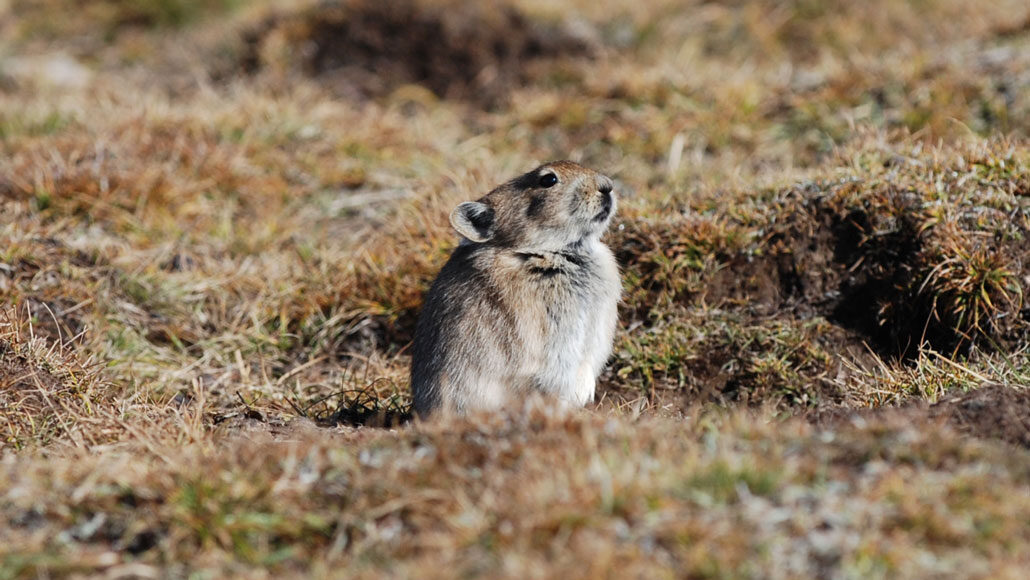behavior: The way something, often a person or other organism, acts towards others, or conducts itself.
colleague: Someone who works with another; a co-worker or team member.
conserve: To protect, as from loss or degradation.
DNA: (short for deoxyribonucleic acid) A long, double-stranded and spiral-shaped molecule inside most living cells that carries genetic instructions. It is built on a backbone of phosphorus, oxygen, and carbon atoms. In all living things, from plants and animals to microbes, these instructions tell cells which molecules to make.
dung: The feces of animals, also known as manure.
forage: To search for something, especially food. It’s also a term for the food eaten by grazing animals, such as cattle and horses.
mammal: A warm-blooded animal distinguished by the possession of hair or fur, the secretion of milk by females for feeding their young, and (typically) the bearing of live young.
metabolism: (adj. metabolic) The set of life-sustaining chemical reactions that take place inside cells and bigger structures, such as organs. These reactions enable organisms to grow, reproduce, move and otherwise respond to their environments.
Proceedings of the National Academy of Sciences: A prestigious journal publishing original scientific research, begun in 1914. The journal's content spans the biological, physical and social sciences. Each of the more than 3,000 papers it publishes each year, now, are not only peer reviewed but also approved by a member of the U.S. National Academy of Sciences.
scat: The feces shed by a wild animal, usually a mammal.
sensor: A device that picks up information on physical or chemical conditions — such as temperature, barometric pressure, salinity, humidity, pH, light intensity or radiation — and stores or broadcasts that information. Scientists and engineers often rely on sensors to inform them of conditions that may change over time or that exist far from where a researcher can measure them directly
Tibetan plateau: The planet’s highest plateau, it’s a flat area of land with an average elevation of 4,500 meters (nearly 14,800 feet). Known as the Roof of the World, the “third pole” (after the North and South poles), and the Asian water tower, it is a cold, snowy region in southwestern China that includes all of Tibet. The water that melts from ice and snows here will go on to provide drinking and irrigation water for hundreds of millions of people downstream.








